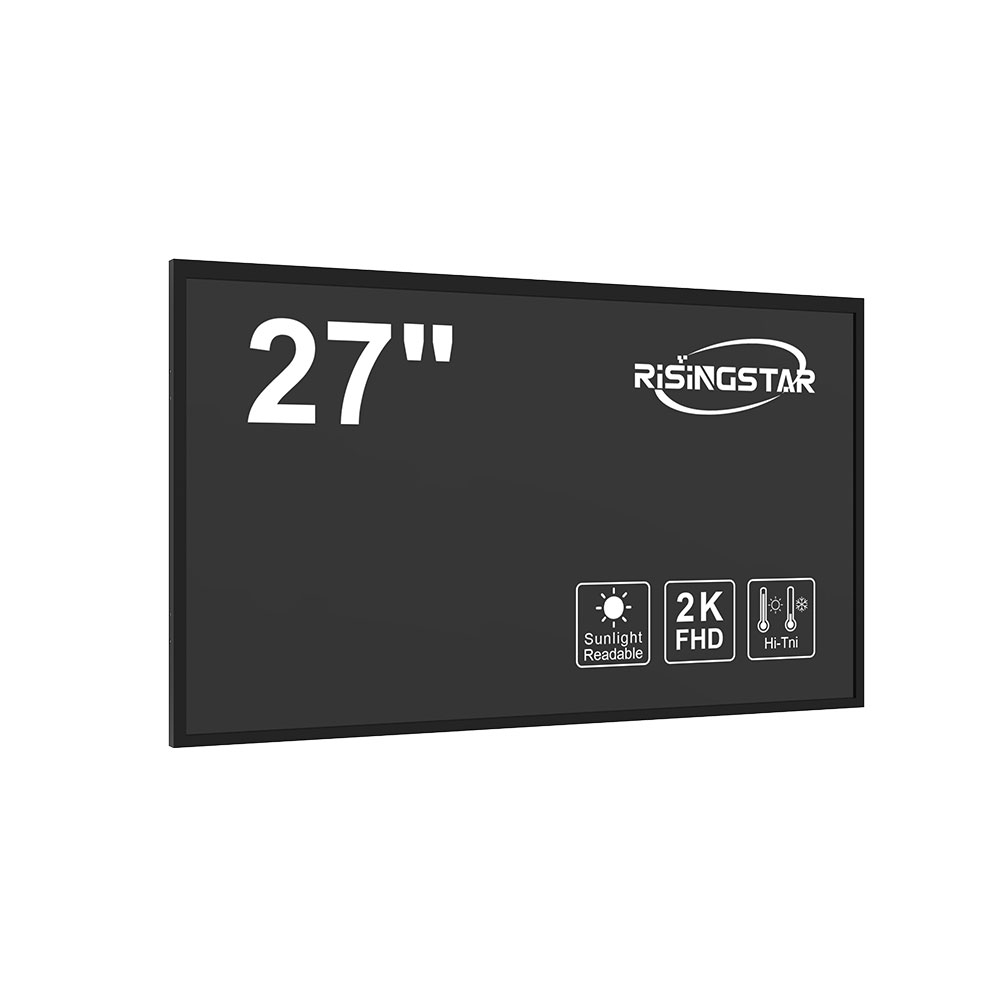- Home
- About Us
- Products
- News
- Video
- Contact
- Send Inquiry
Search
- Home
- About Us
- Products
- News
- Video
- Contact
- Send Inquiry

High-brightness sunlight-readable LCD screens are essential components in modern outdoor and industrial applications where visibility under direct sunlight is critical. These displays typically operate at luminance levels of 3,000 to 10,000 nits—far exceeding standard indoor LCDs that usually range from 250 to 500 nits. This extreme brightness ensures readability even under the harshest environmental conditions such as direct solar exposure, high ambient light, or low-light environments like night operations in military settings.
The technology behind these screens combines several key innovations: advanced backlighting systems (often LED-based with diffuser optics), anti-glare coatings, high-contrast ratios (typically above 1000:1), and sometimes active matrix addressing for fast response times. For example, manufacturers like Sharp, LG Display, and EIZO have developed proprietary technologies such as “Sunlight Readable” (Sharp) and “Ultra High Brightness” (LG) panels that use dual-layer polarizers and optimized liquid crystal cell structures to minimize reflection while maximizing light transmission.

A notable application is in military field equipment, including handheld radios, vehicle-mounted displays, and UAV control systems. According to a 2023 report by MarketsandMarkets, the global ruggedized display market—including sunlight-readable LCDs—is projected to exceed $4.7 billion by 2028, growing at a CAGR of 6.9%. The defense sector accounts for over 35% of this demand due to strict MIL-STD-810G compliance requirements for shock, vibration, temperature extremes, and humidity resistance.

In commercial sectors like construction, agriculture, and transportation, these screens are used in GPS navigation systems, agricultural machinery interfaces, and truck dashboards. A case study from John Deere revealed that implementing 5,000-nit sunlight-readable displays in their tractors improved operator efficiency by 22% during daytime fieldwork, reducing errors caused by misreading gauges under bright sun.
Furthermore, advancements in OLED and micro-LED technologies are beginning to offer alternative solutions. However, traditional LCDs remain dominant due to their lower power consumption, higher reliability in extreme temperatures (-30°C to +70°C), and proven cost-effectiveness in mass production. Industry standards such as ISO 16750 for automotive electronics and IEC 60068 for environmental testing ensure that these displays meet rigorous durability benchmarks before deployment.
To enhance performance, many manufacturers now integrate adaptive brightness sensors that dynamically adjust luminance based on ambient light conditions—a feature increasingly common in both military and consumer-grade rugged tablets. Additionally, the use of Gorilla Glass or similar scratch-resistant materials helps maintain clarity and longevity in dusty or high-impact environments.
In summary, high-brightness sunlight-readable LCD screens represent a mature yet rapidly evolving segment of display technology. With continuous improvements in energy efficiency, durability, and integration with AI-driven user interfaces, they will remain indispensable across defense, industrial, and mobility sectors worldwide.